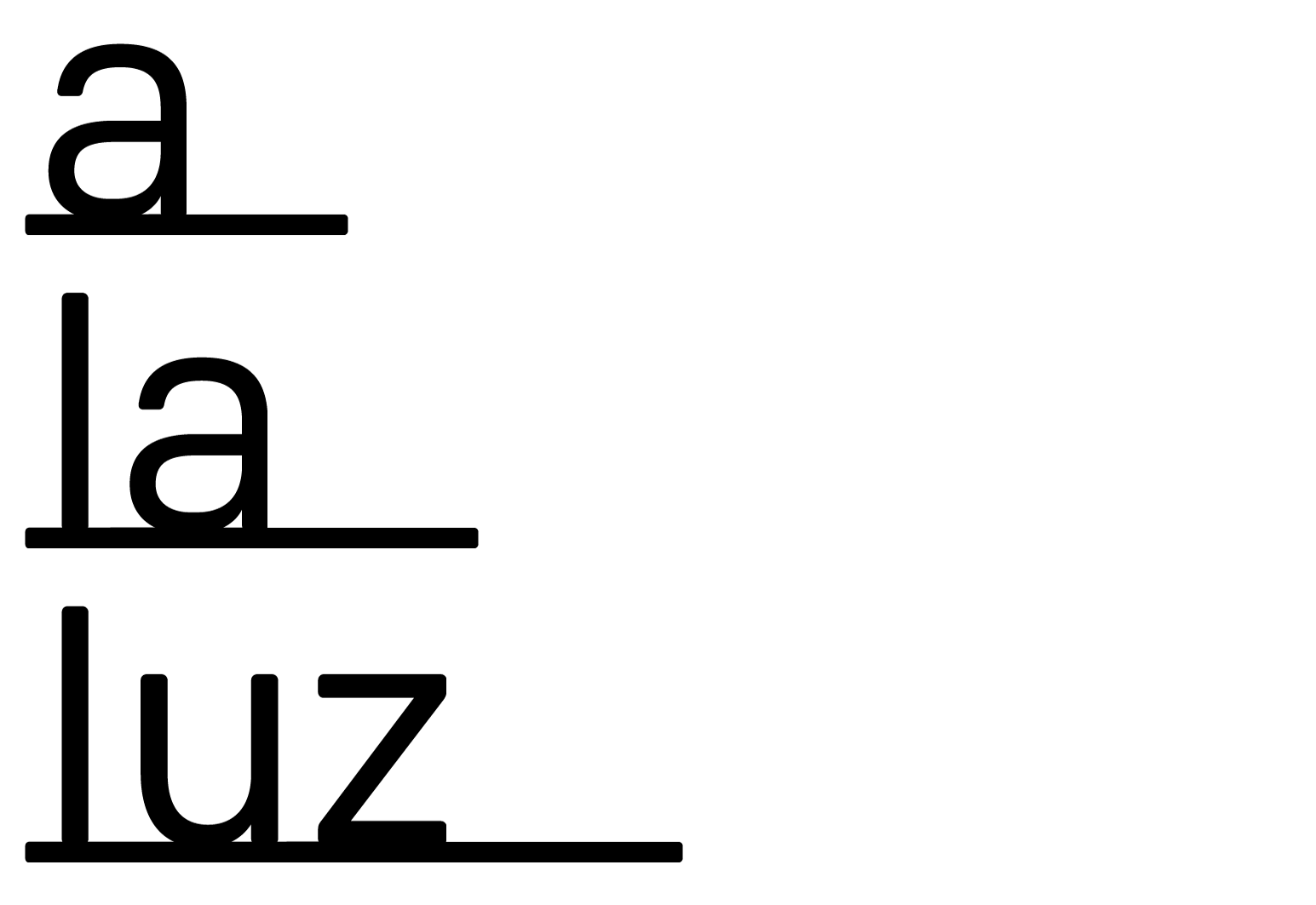Design Ethics | Carolina Härdh

Designing for the Future
Gothenburg-based Design Masters student Carolina Härdh introduces her practice
We humans are becoming ever more divided. Not only from each other, but from nature and the world we inhabit. We know that our way of consuming is unsustainable – it leads to stress, illnesses, debt and the pillaging of Earth’s finite resources – and yet our consumption increases year on year.
Our modern mode of consumption is constantly changing, risking rapid transition from meaningful, to meaningless; trendy to outdated; valuable to worthless. When objects fall out of use, our tendency in recent decades has been to disregard; to throw away. But, “away” does not exist. When an object reaches the end of its useful lifespan, it is at threat of ending up in landfill. But still, there, it will continue to exist. Out of sight, out of mind; but very much still there.
We must take care of our leftovers and attend to what has already been produced. It’s not only about changing our way of thinking; but about being aware of our unconscious behaviours and attitudes too. Imagine if we try to look beyond the preconceptions we place on objects, to find new meaning for the “useless”. We must use our curiosity to explore new and sustainable solutions.
A sink as a chair; an exhaust-pipe as its base?
My bachelor thesis was based on Immanuel Kant’s philosophy of “thing-in-itself”. My only materials, therefore, were objects from landfill: a sink and an exhaust pipe. I wanted to place myself in a position where I was forced to act according to the objects alone, guided by what I understand of design and architecture. To find new knowledge, perceptions, solutions or experiences, we must think creatively and search for alternative routes.
One part of the exhaust was used in my sink-chair; the other became a wall lamp.
I believe in the importance of giving objects new meaning and future lives. To demonstrate care and feel the work as if part of myself.
As we deepen the chasm between nature and culture, we become toxic. Why must we struggle to navigate this consumer driven culture? We base our highest values on capitalism, using nature simply as means to an end.
Once we begin to understand the potential of a circular economy, we realize everything is connected. Instead of being our own worst enemies, we must allow love and respect for ourselves as beings and as part of nature. We breathe the same air as all beings, drink the same water, draw nutrients from the same soil or oceans. For the self to sustain anything, it first has to sustain itself.
Designers must break the norms; to search for solutions focussed on respecting nature rather than ruining it. We have to be critical of contemporary structures and use our knowledge as a tool for change.
Had I never seen these objects before – how might I interpret them? What meaning could I find for them? Sketching is the first act.
At the end of 2019, Emeli Höcks and I embarked upon a collaboration with our material explorations as the starting point. We wanted to demonstrate that adapting the natural cycles of our materials was possible, whilst simultaneously bridging the gap between nature and culture.
Besitt
Swedish—to (with or without right) possess something | Synonyms; possess, dispose, have, own, occupy
BESITT (below) is the result of our first collaboration and was exhibited at the Stockholm Furniture Fair in February 2020. BESITT is made from paper, bone glue, oyster shells and potato starch. As such, it could be planted into the Earth and survive. A visual consideration for (and to) the future.
BESITT 2020 | Paper, bone-glue, oyster shells, potato starch
Work in progress: producing the surface of BESITT.
Materials included bone-glue, oyster shells and potato starch.
Kökkenmödding (English—kitchen-midden) is a sculpture handmade in my kitchen, from my own food waste. I use a piece of branch as a framework for the sculpture and let the material follow the form of the branch (form must follow nature). The aim of Kökkenmödding is to put the shape of nature centre-stage.
Kökkenmödding 2020 | Coffee-grounds, egg shells, oyster shells
When I produce something physical, its function needn’t be set in stone; it doesn’t have to be something for someone – “how should I use this? why do I need this?” – it’s not about satisfying our socio-cultural structures or fulfilling a function of human need; it’s a visualization of circular design and a statement that natural materials can return to nature. Design can be about giving back.
Kökkenmödding 2020 | Coffee-grounds, egg shells, oyster shells (framework structure shown on right)
Carolina is set to exhibit her Kökkenmödding series at Landskronas Museum of Art from 30th May to 9th August 2020
Inspiration
Radical Matter
Rethinking Materials for a Sustainable Future by Kate Franklin & Caroline Till
Design Futuring
Sustainability, Ethics & New Practice by Tony Fry
Are We Human?
Beatriz Colomina
Text & images © Carolina Härdh | 2020 | Used with permission













